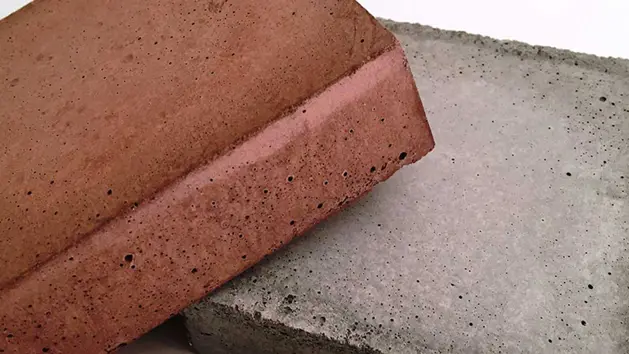Recycling sewage sludge ash and producing sustainable concrete
EasyMining, Ragn-Sells, Technical University of Denmark (DTU), Ramboll, and BIOFOS are working together on a state-of-the-art technology to build a sustainable future with circular economy, minimize waste, reduce CO2 emission, recover the life-essential resource phosphorus, and produce environmental-friendly concrete.
21 Nov 2019Phosphorus is a crucial element for all life forms and every cell of every living organism contains phosphorus. However, it is a limited resource which is primarily extracted from rock phosphate. The global reserves are concentrated in a few countries like Morocco and Western Sahara.
The EU is highly dependent on phosphorus import, and EU has therefore included phosphorus on their critical raw material list, and recycling of phosphorus is therefore high on the EU agenda.
World-leading technology
One of the waste sources globally with the highest phosphorus content is sewage sludge, and many countries in Europe are making new legislations demanding mono-incineration of sewage sludge and recovery of phosphorus from the sludge ash.
EasyMining is currently building full-scale plants (in Sweden and Germany) to recover phosphorus from sewage sludge ash through their Ash2Phos technology. These plants will, for example, treat sewage sludge ash from Sweden, Germany and from BIOFOS in Denmark.
In the Ash2Phos process, sewage sludge ash is dissolved in hydrochloric acid (ambient temperature, no pressure). Phosphorus, iron and aluminum are separated from the leach solution by precipitation steps in a unique combination. Thereafter, the solution is neutralized and treated to remove heavy metals. The recoverable elements are separated into three products: pure calcium phosphate (e.g. typically <0.1 mg/kg cadmium), ferric chloride and aluminum hydroxide.
These products can be used as raw materials in the existing fertiliser industry and for production of coagulants, which creates a closed loop. The recovered calcium phosphate can be processed into NPK fertilisers, ammonium phosphates, superphosphates, as well as into feed phosphates.
The sewage sludge ash contains a fraction which is non-acid soluble meaning that about 50-60% of the ash ends up as a silicate sand residue, and EasyMining wants to find a solution for this silicate sand residue to avoid landfilling it, and to contribute to circular economy and a sustainable future.
Silicate sand residue as cement replacement
This silicate sand residue can be used as cement-replacement in concrete. DTU Department of Civil Engineering (DTU-byg) and Ramboll have extensive experience from previous investigations in using similar kind of silicate sand residue as a cement substitute in concrete, which is a sustainable and economical solution for recycling the silicate sand residue. Earlier results show the possibility to replace up to 30% of cement in concrete with silicate sand residue without compromising the quality of the concrete. This sustainable concrete will get a red-ish color due to the high iron oxide content in the silicate sand residue.
Because cement production has a high CO2 food print, up to 1.2 tons of CO2 can be saved for every 1 ton of silicate sand residue used in concrete. This will have a huge impact of the global carbon footprint, since more than 8% of the total CO2 emission for the entire world comes from concrete production.
People worldwide are trying to find a way to make concrete production more sustainable, and this is a solution. We are therefore, for example, investigating how much of the silicate sand residue from the Ash2Phos technology that can replace cement without compromising the quality and streamline the cement substitution process.
Future potentials
Ramboll will perform a market analysis to investigate which markets are ready for this sustainable concrete, and find potential future partnerships, who wants to be part of this first green concrete. Ramboll will, for example, be in contact with cement and concrete manufacturers, companies (producing e.g. facades and tiles), construction firms, architects, etc.
All partners expect that a full-scale production can be ready by 2023-2024, and it is expected that this project will expand to other countries in the world besides just Sweden, Denmark and Germany.
This article is jointly produced by the project team including representatives from EasyMining, Ragn-Sells, Technical University of Denmark (DTU), Ramboll, and BIOFOS.
